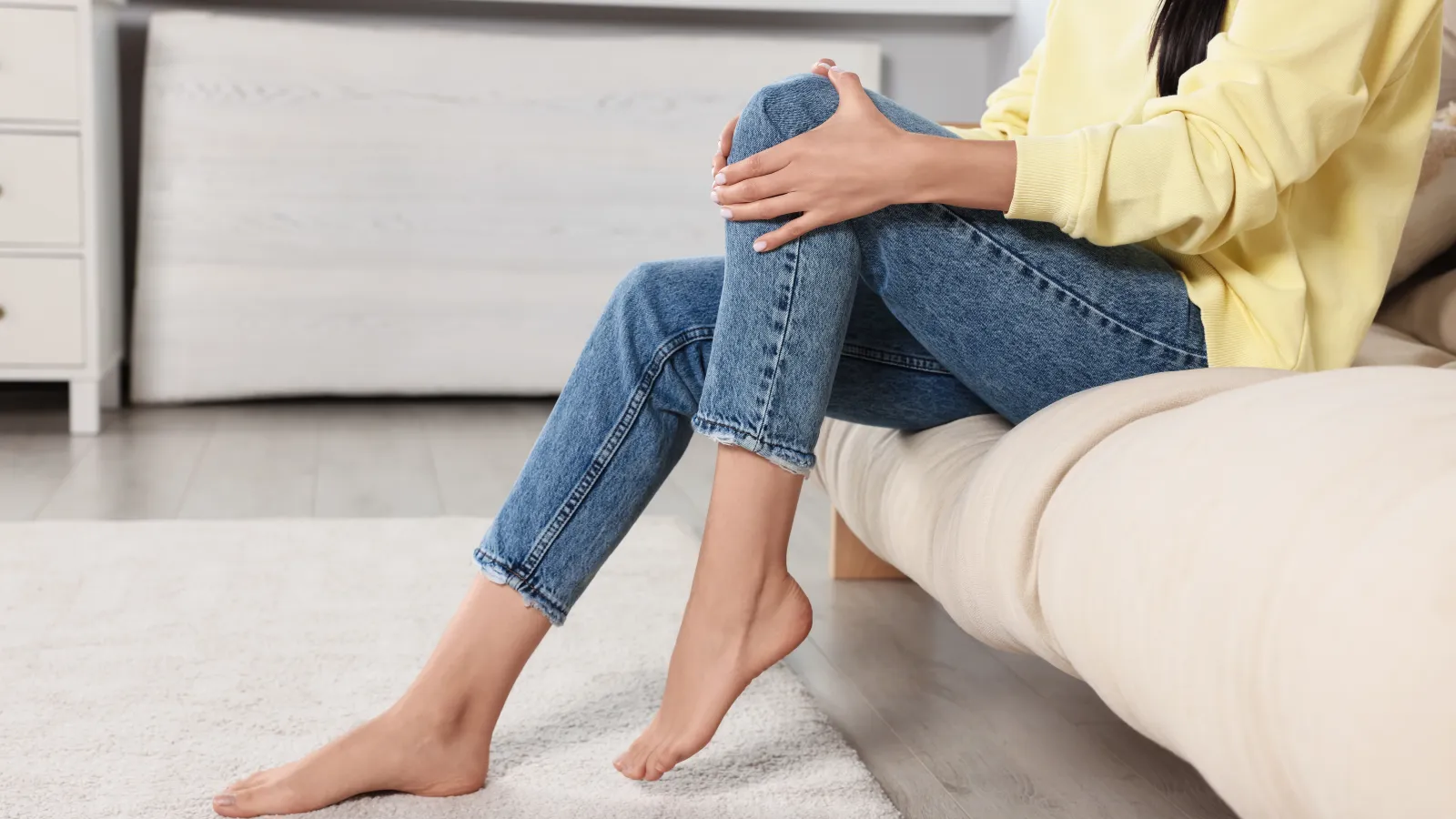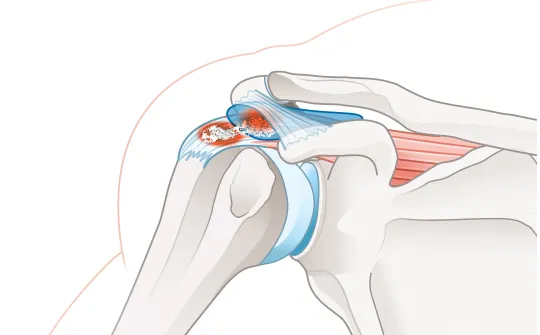
Bursitis Treatment
Bursitis Treatment Can Reduce Chronic Joint Pain and Inflammation
If you suffer from chronic joint pain or stiffness, particularly if it occurs only in one area, you may be suffering from bursitis. Our experienced doctors offer effective bursitis treatment at our Leander, TX, and Austin, TX, offices. With a focus on conservative techniques, the team at Orthopedic Specialists of Austin will always recommend non-invasive options first. If you do not respond to treatments like medication or lifestyle changes, we can also perform a quick, minimally invasive surgery using advanced techniques. All of our treatments can dramatically ease your pain and restore your full range of motion.

What Is Bursitis?
A bursa is a small, fluid-filled sac, located between tissue such as your muscle, ligament, and bone. The sac serves to cushion your joints during movement. Bursitis develops when a bursa becomes inflamed. Symptoms include joint pain and stiffness, as well as swelling across your entire joint. In some cases, these effects may develop slowly, but in other cases, you may experience sudden, severe pain. "Frozen shoulder," or a sudden loss of mobility, is a less frequent symptom of bursitis.
This type of inflammation can affect your shoulders, knees, elbows, or hips. Less commonly, you could develop bursitis in your toes or Achilles tendons.

What Causes Bursitis?
Bursitis often occurs as a result of repetitive motion. For example, if you play tennis or baseball, the constant throwing motions could lead to bursitis in your shoulder. If your job entails kneeling to work on carpet, you face a higher risk of developing inflammation in your knees. Other causes of this condition include trauma to the joint, infection, and preexisting rheumatoid conditions, including rheumatoid arthritis. You also face a higher risk of bursitis after age 40, since your joints will weaken and wear down over time.
Bursitis Treatment Options
When you come to our practice, we will begin with recommending simple, moderate treatments, such as:
- Applying ice packs
- Anti-inflammatory medications
- Rest and avoiding activities that stress the joint
- Lifestyle changes, including learning new methods of standing, wearing cushioned shoes, or losing weight
If these treatments do not work, we will often recommend physical therapy as a common and highly effective option. Your therapist will provide you with a series of exercises to increase muscle strength around your joint. It is important to follow your therapist's instructions and to perform your exercises regularly for the best results. Corticosteroids can also help to reduce inflammation in your joint. Often, you can enjoy significant pain relief with just one injection.
Surgical Intervention
Bursitis surgery is rarely performed. Nevertheless, if more conservative methods do not bring relief, surgery may be the most effective way to alleviate your pain. During this procedure, known as subacromial decompression, your doctor will remove the inflamed bursa. Typically, he will also trim away a small amount of bone and any bone spurs, if necessary. At Orthopedic Specialists of Austin, we will typically use a small surgical camera, or arthroscope, to perform this treatment. By using this advanced tool, we can operate using very small incisions. This allows our patients to enjoy a shorter recovery time and minimal scarring.
